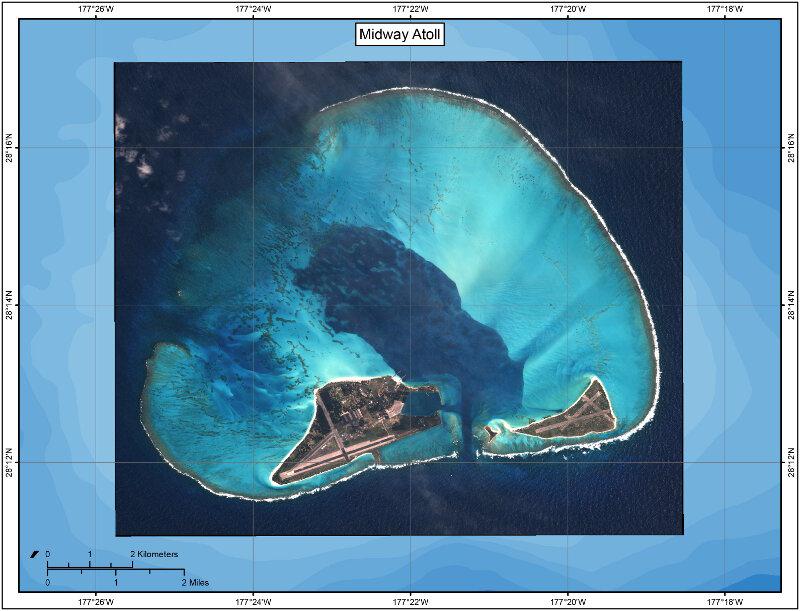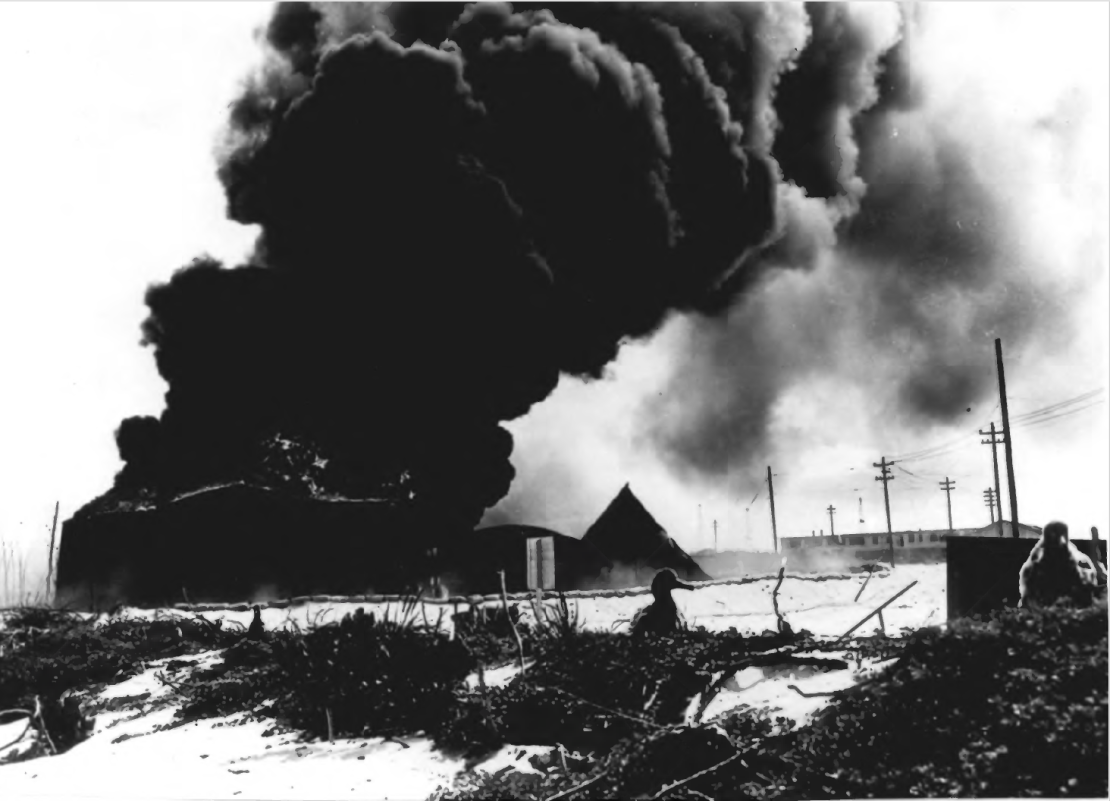In a monumental occasion for marine archaeology and world history, explorers aboard E/V Nautilus successfully completed the first deep-water visual dive to revisit the Second World War (WWII) Imperial Japanese Navy vessel, Akagi. Seen at a depth of 18,000 feet (5.5 kilometers) below the surface of the ocean, a Japanese and American-led expedition team conducted the first visual survey of the wreckage with a “heaviness of the heart like tears that pour like rain” since it sank to the dark ocean seafloor 81 years ago.
At the time, the Akagi, written 赤城 in Japanese, was considered the flagship of the Japanese naval fleet. Its bombing and subsequent sinking by U.S. forces were pivotal to turning the tide of war during the Battle of Midway near the U.S. Hawaiian Islands.
A crew of deep-sea explorers and historians aboard R/V Petrel conducted a dive with an autonomous underwater vehicle (AUV) equipped with sonar. Then, the team recorded – for the first time since its sinking – sonar images that indicated the long-lost Akagi aircraft carrier has been found in 18,000 feet of water in the Papahānaumokuākea Marine National Monument (PMNM), roughly 1,300 miles (2,092 kilometers) northwest of Pearl Harbor.
Nearly four years later, Nautilus researchers in 2023 descended remote-operated vehicles (ROVs) to the seafloor. It represents the first time human eyes have seen the wreckage in real-time since its 1942 sinking.
It was a success.
Made up of archaeologists from both Japan and the U.S., the research team conducted the historic, noninvasive dive in September 2023 to document the historically significant wreck, examine its condition, and honor the lives of those who were lost on both sides of the battle.
“As we are indeed on the carrier Akagi, let’s take a moment of silence, please, to remember the type of site that we are on – an important site – for great service and sacrifice and the loss of lives,” said James Delgado, an archaeologist associated with the expedition.
Due to its remote location and extraordinary depth, surveying the Akagi, as well as the other vessels lost during the Battle of Midway, has proven to be a challenging task. Characterized by the dark, cold, high-pressured waters of the deep Pacific Ocean, the Akagi marks one of the world’s deepest, most isolated graveyards.
“We can understand this as Native Hawaiians and the depth and the reverence that we hold for this place, and for those who lay in the realm of Po Kanaloa, the god of the sea,” said Malia Evans, a monument resource monitor at the O’ahu Education Coordinator PMNM. “We are in reverence as we view the Akagi.”
Visible from the ROV cameras was battle damage, including a portion of the carrier’s deck that had been flipped upside down from built-up explosive pressure.
“The survival of this structure, even in its damaged state, is something we hadn’t been expecting. It’s rather amazing to see and even though it has deteriorated and fallen in, there are identifiable elements that clearly connect us back to that time and that point in the battle,” said Delgado.
The Akagi was one of four Japanese carriers that sank during the four-day encounter that would become known as the Battle of Midway. It sparked on June 4, 1942, after U.S. intelligence forces intercepted Japanese communications indicating that the imperial navy intended to establish a defensive perimeter of islands, including the remote Midway Atoll.
A shallow reef located one-third of the way between Honolulu, Hawaii and Tokyo, Japan, Midway was considered by both Japanese and American forces to be a strategic location for military establishment. Losses sustained at the Battle of Midway totaled nearly 3,400 sailors and airmen, signaling a shift of military power between Japan and the U.S. during the Pacific War theater.
“It was a tough four days 81 years ago. A lot of pain, a lot of sorrow, and we hope that some healing has happened to so many men and women that were involved,” said Delgado. “From the study of these sites, a lot of good can come and we’ve already seen that with the collaboration of people coming together.”
Today, the Battle of Midway is considered one of the “ten most consequential naval battles in human history” for its role in changing “the balance for the Pacific War, and with that, the future of the Pacific,” according to Delgado.

An aerial view of Kuaihelani, the Hawai’ian name for Midway Atoll.
Image Credit: PAPAHĀNAUMOKUĀKEA MARINE NATIONAL MONUMENT/NOAA
“Overall, the Battle of Midway claimed the lives of nearly 3,400 sailors and airmen with US losses in excess of 350 and Japanese losses in excess of 3,000. Five major aircraft carriers (Akagi, Kaga, Sōryū, Hiryū, and Yorktown), as well two other surface units (heavy cruiser Mikuma and the destroyer USS Hammann), and over 390 aircraft were also destroyed,” wrote the Ocean Exploration Trust, a nonprofit that oversees operations of the exploration vessel and is headed by Robert Ballard, who found the Titanic in 1985.

Fire at a seaplane hanger on Sand Island, Kuaihelani, located in the Midway Atoll region, 1942.
Image Credit: NATIONAL ARCHIVES/Public Domain
The naval battlefield is now protected within PMNM, a UNESCO World Heritage Site and one of the largest marine protected areas on the planet.
Source Link: First Look: Ocean Explorers Rediscover Long-Lost Japanese WWII Vessel Akagi 18,000 Feet Below Ocean